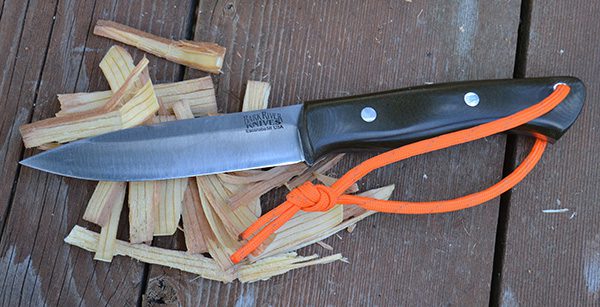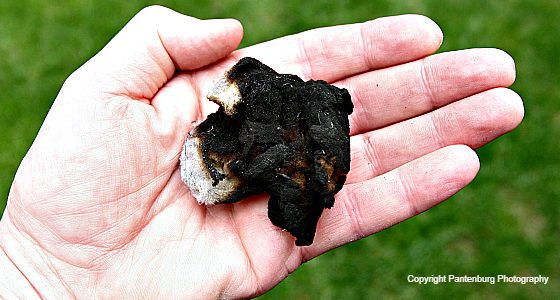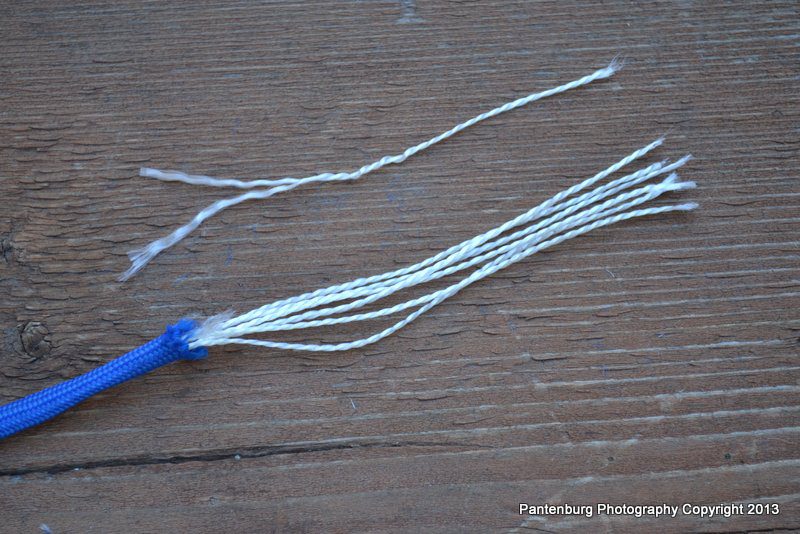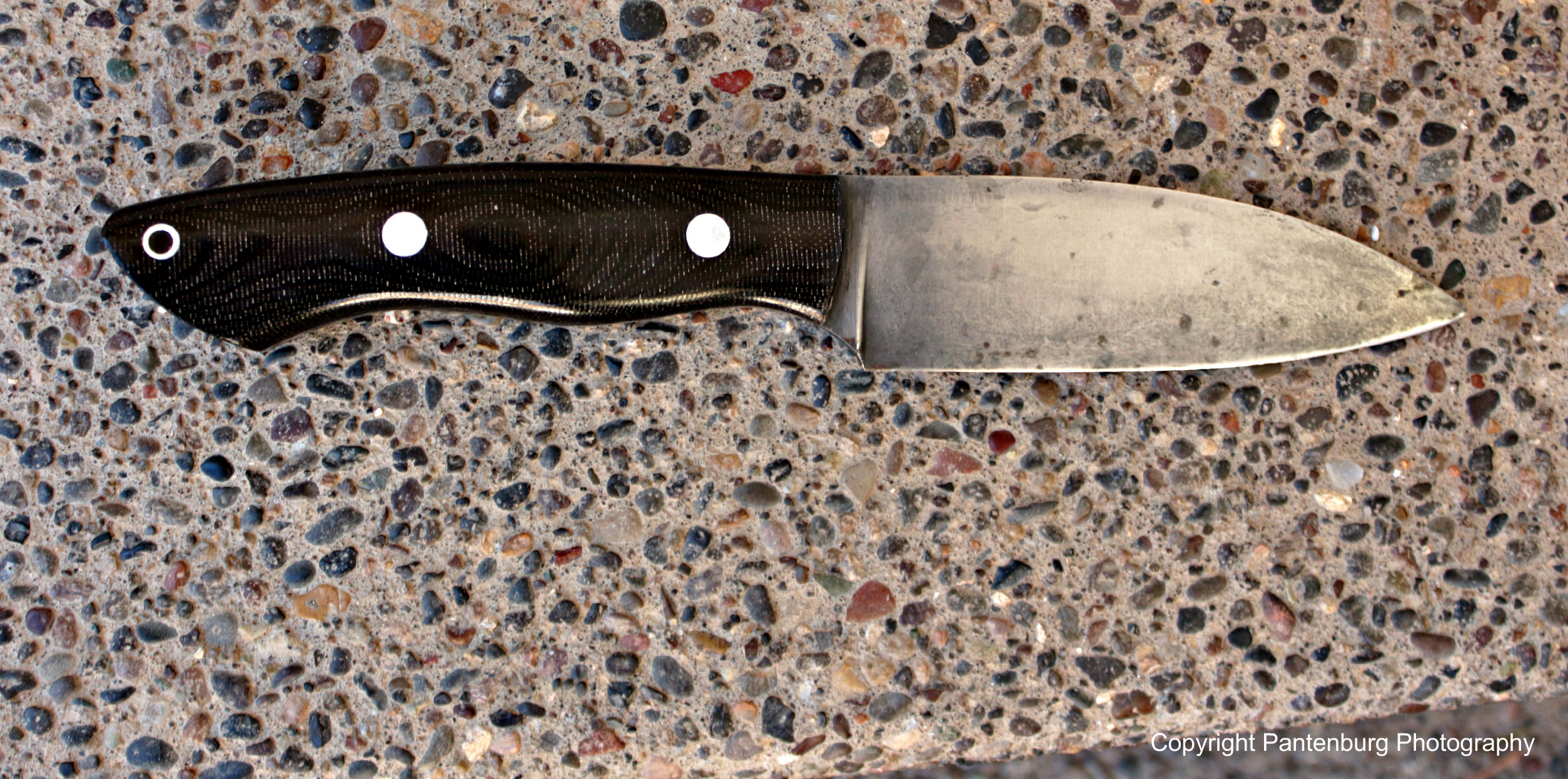If you’re searching for a bushcraft knife, here’s some things to look for. I checked out the Bark River Aurora, and I am impressed.
by Leon Pantenburg
I did this review back in 2014 and it is reposted FYI. I did not get a free knife to test and evaluate. I received no compensation for reviewing this knife, and nobody had any input into the review. All I ever promise is a fair and impartial testing and report
Somebody will get ticky about the difference between a bushcraft and a survival knife. Bushcraft, according to The Oxford English Dictionary definition, is “skill in matters pertaining to life in the bush.” Survival is defined as “the state or fact of continuing to live or exist, typically in spite of an accident, ordeal, or difficult circumstances.”
We have to start somewhere, so let’s define a “bushcraft” knife as a tool primarily used for survival, camping, hunting, and outdoor activities. The “no frills” appearance is what we’re looking for. Essentially, a bushcraft knife is designed to help you accomplish nearly everything needed to get along outdoors.
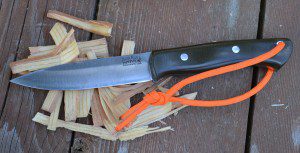
The Bark River Aurora is a knife designed for bushcraft, and it performs very, very well. (Pantenburg photo)
The Aurora is the third Bark River knife I’ve reviewed, and so far I’ve been really impressed. (Check it out: Bird and Trout and Fox River reviews.) All Bark Rivers are made in the USA in Escanaba, Michigan. Customer service is superb, and quality of the products is impressive.
Here’s the Aurora specs:
Overall Length: 9.5 Inches
Blade Length: 4.5 Inches
Blade Steel: A-2
Hardness: 58 rc
Blade Thickness: .170 Inch
Weight: 6 Ounces
An Aurora comes with The Sharpshooter Sheath Systems Bushcraft “A” Sheath. This leather sheath is tough and durable and will last under hard use for a long time.
Here’s the good stuff:
Blade size: A four-to-five-inch blade is about right for a bushcraft knife, IMO. It is just the right size for skinning big game, but not too big to clean fish or process small game. The blade is one-inch wide, which is a good compromise. Wider would make it a better skinner, and a narrower blade would make it easier to fillet fish. For overall use, this is a good option. Blade length
The convex grind of the blade is a good pick for a bushcraft knife. Bark River claims it gives maximum cutting power and allows easy batoning through wood, wood carving, and other camp chores. I found it works well in the kitchen for slicing and chopping, though the blade is a little thick to be truly effective for those tasks. Grind
Blade thickness: The Aurora is .17-inches thick, which is a good width. Thinner would make this a better meat cutting, slicing and fillet knife. Thicker would make the Aurora a better wedge for splitting wood. But a bushcraft knife needs to be rugged, and in the do-it-all category, you want useful without being cumbersome. This thickness works. Blade thickness
The handle is made of micarta, and is available in a wide range of colors. It is 4-7/8-inches long, which is comfortable for my glove-size large hands. Ergonomically, the handle fits my hand very well, and prolonged whittling didn’t reveal any hot spots developing. (Before buying any bushcraft knife, consider if you can easily use it while wearing gloves.) Handle
The full-tang construction of the Aurora is more sturdy than other options, and I like the security.
Steel: The Aurora is made of A2 tool steel with a hardness of 58 rc. It holds an edge incredibly well. I deliberately dulled the blade, but quickly brought it back to razor sharpness with a few swipes of my grandpa’s butchering steel. Steel
Drop point: Again another good choice for a do-it-all blade. I generally prefer a clip point, because my bushcraft activities frequently involve hunting and fishing, and I like more belly near the tip of the blade for skinning. But the Aurora’s drop point is probably better overall, because it centers the point near the middle. This will allow you to drill holes, skin big animals effectively, carve wood and do other bushcraft activities quite well. Point
Lanyard hole: Every rigid blade knife should have a lanyard hole, IMHO. It allow rigging a safe hold on the knife under potentially unsafe conditions.
The other stuff:
Slippery handle potential: Any smooth material has the potential for becoming slippery and dangerous if it gets enough slime, scales, blood and messy body fluids on it. If you’re buying a knife for filleting or hunting, and a slippery handle is a concern, get one with a smooshy, soft material, like Thermorun. Or plan on attaching a lanyard, and know how to use it.
But after using four Bark Rivers on a recent deer hunt, I found the micarta gets tackier and more secure in my hand when wet. In one instance, I had to completely dip my hand and knife in a bloody slurry of lungs and heart to cut the esophagus during a gutting process. The knife didn’t slip in my hand at all.
Sharpening: A favorite knife of the mountain men had a high carbon steel blade and was easily sharpened. The harder steels hold an edge better, but may be more difficult for an inexperienced person to sharpen. Since knife sharpening is a survival skill, put it on your list of things to learn.
Price: You can buy many, many inexpensive knives. But every Bark River comes with a no-questions, 100 percent lifetime guarantee. I checked the company out. They’re for real.
At first blush, American-made cutlery sometimes seems spendy. But that’s only when compared to knives produced overseas with cheap, starvation-wage labor. When you buy a Bark River – or any “Made in USA” product – Americans who pay taxes and contribute to their communities benefit.
There are some survival tools you can’t compromise on, and a survival knife is one of those. Think of equipment quality as an insurance policy. If the situation ever arises where you need a bushcraft/survival knife, then you will need it desperately. Failure is not an option, and at that point, cost isn’t even a consideration.
Choose your equipment well, and invest wisely.

